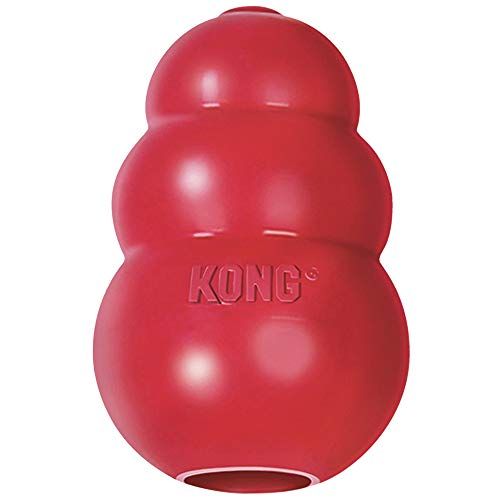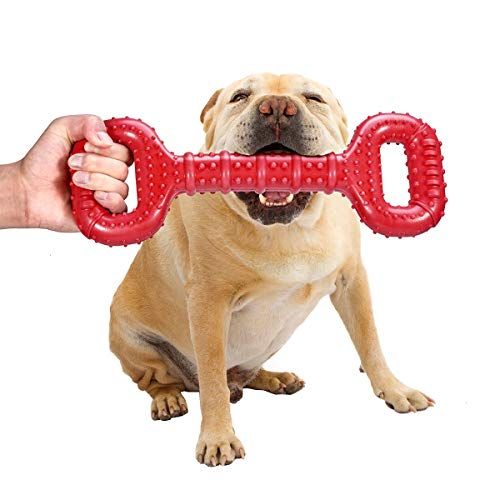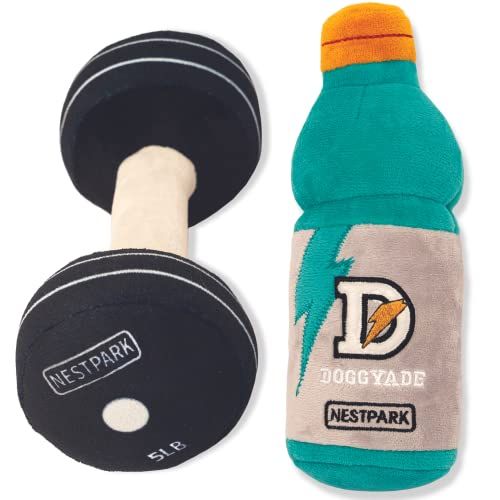Sizing It Right: The Comprehensive Guide to Your Dog's House Dimensions
Size does matter, especially when it comes to your dog's house. Just like humans, our furry friends appreciate a space that's not too big, not too small, but just right. A well-proportioned dog house not only ensures your pet's comfort but also promotes their health and wellbeing. If you're curious about how big a dog house should be, our comprehensive guide will help you understand the factors to consider and how to choose the right dimensions for your pooch's palace. So let's start this journey of creating a perfect haven for your pet.
When you are considering a dog house for your furry friend, there are several factors you'll need to consider to ensure the dog house is the correct size. Size is crucial, as it directly impacts your pet's comfort and overall well-being. The right dog house size not only gives your pet a sense of security but also protects them from harsh weather conditions. It's a spot where they can relax, sleep, and feel safe, making it important to get the size right.
Consider the Dog's Breed
The breed of your dog is one of the first factors to consider when determining the size of the dog house. Different breeds vary significantly in size, from tiny Chihuahuas to massive Saint Bernards. Therefore, it’s essential to have a clear understanding of your dog's breed-specific size requirements before deciding on a dog house.
Look at Your Dog's Size
In addition to breed, the overall size of your dog is a critical consideration when deciding on a dog house size. The dog house should be large enough for your dog to enter and exit comfortably and to turn around with ease. However, it shouldn't be too big that it loses its ability to retain your dog's body heat during cold weather.
Factor in Growth
When sizing a dog house, it’s important to account for your dog's future growth, especially if your pet is still a puppy. You should consider not just the current size but also the potential adult size of your dog.
Consider the Dog House Shape
The shape of the dog house can also influence the size. Houses with a dome or round shape can be smaller as they retain heat better. On the other hand, rectangular or square houses might need to be a bit larger to provide the same level of comfort.
Factor in the Dog’s Habits
Different dogs have different habits. Some dogs like to stretch out when they sleep while others like to curl up. You should factor in these habits when deciding the size of the dog house. Make sure there's enough room for your dog to sleep in their preferred position.
Weather and Climate
Lastly, your local climate can impact the ideal size of your dog house. In colder climates, a smaller house is better as it will retain heat more effectively. In contrast, a larger house will be more beneficial in warmer climates, as it will provide better ventilation.
How to Measure Your Dog for a Dog House
After you have considered the above factors, the next step is to measure your dog to determine the actual size of the dog house. Here are the steps:
1. Measure Your Dog's Height: Start by measuring your dog's height. Have your dog sit in a normal position and measure from the floor to the top of their head.
2. Measure Your Dog's Length: Next, measure your dog's length. Start from the tip of their nose and measure to the base of their tail.
3. Measure Your Dog's Width: Lastly, measure the widest part of your dog. This could be across the chest or hips, depending on your dog's build.
The dog house should be at least 25% taller and longer than your dog. This ensures there is sufficient space for your dog to comfortably move around.
Remember, the ultimate goal is to provide a comfortable and safe space for your dog. As long as the house meets this goal, you've made the right choice.
Find out more: How big should a dog house be















